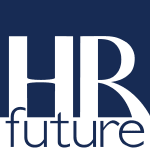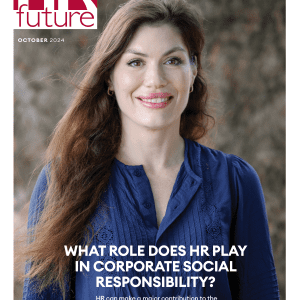A recent Deloitte survey revealed that 78% of employees now rank workplace flexibility and wellbeing benefits equal to or above base salary when evaluating job offers. This shift marks a significant departure from traditional compensation models that have dominated corporate structures for decades.
The days when a competitive salary alone could attract and retain top talent are fading fast. Organizations clinging to outdated compensation philosophies find themselves struggling in a labor market where candidates increasingly expect more nuanced approaches to rewards.
The Evolution of Compensation Thinking
Compensation strategies have undergone remarkable transformation over generations. What began as simple hourly wages or annual salaries gradually expanded to include health insurance and retirement plans. Today, we’re witnessing another evolutionary leap toward comprehensive frameworks that address multiple dimensions of employee needs.
Several factors drive this shift. The sustained competition for specialized talent continues to pressure organizations. Meanwhile, the astronomical costs of traditional benefits like healthcare push employers to find creative alternatives. Demographic changes bring five generations into the workforce simultaneously, each with distinct priorities. Finally, the permanence of remote and hybrid models has rewritten geographical compensation calculations.
When examining 2025 compensation planning trends, one pattern stands clear: organizations embracing holistic approaches report 34% higher retention rates and 27% stronger engagement scores compared to those maintaining traditional models, according to McKinsey research.
Total Rewards Framework for 2025
Modern total rewards frameworks extend far beyond paychecks. Employees are now looking to understand their entire total compensation, so companies are looking for tools, like compensation planning software, to provide this clarity. They encompass six interconnected dimensions:
- Direct compensation remains foundational, including base salary plus variable elements like bonuses and commissions.
- Benefits and perks cover essentials from healthcare to supplemental offerings like pet insurance or identity theft protection.
- Work-life integration acknowledges employees as whole persons with responsibilities and interests beyond their professional roles.
- Development opportunities recognize that career growth and skill acquisition represent significant value to today’s workforce.
- Recognition programs satisfy fundamental psychological needs for appreciation and belonging.
- Workplace environment factors acknowledge that where and how people work profoundly impacts their experience.
Forward-thinking organizations create frameworks flexible enough to address varying individual priorities while maintaining operational coherence.
Emerging Trends in Equity Compensation
Equity participation has undergone democratization, expanding beyond executive suites to reach deeper into organizational structures. Companies increasingly recognize that ownership mentality drives performance regardless of role.
Alternative equity instruments gain popularity as traditional stock options present limitations. Restricted stock units, phantom stock, and performance shares provide flexibility for different business models and growth stages.
Innovative vesting approaches replace standard four-year schedules. Some companies implement milestone-based vesting tied to individual or team achievements rather than simple time passage. Others introduce partial acceleration options during significant life events like home purchases or education funding.
The Wellness Revolution in Compensation
Wellness has transcended its former status as a nice-to-have perk, becoming a central compensation component. Progressive employers now offer dedicated stipends covering diverse wellbeing dimensions.
Physical wellness benefits extend beyond gym memberships to include sleep coaching, nutrition consultation, and ergonomic support for remote workers.
Mental health support has expanded dramatically, with companies offering therapy session coverage, meditation app subscriptions, and stress management workshops.
Financial wellness programs acknowledge that money worries impact workplace performance. Organizations provide planning tools, emergency funds, and financial education tailored to different career stages.
Personalized Benefits Take Center Stage
The death of one-size-fits-all benefits packages accelerates in 2025. Digital platforms now enable employees to allocate resources toward benefits most relevant to their circumstances.
Young professionals might direct resources toward student loan assistance while mid-career parents prioritize dependent care support. Empty nesters could emphasize retirement planning, while others might value continuing education.
Some organizations implement points-based systems allowing employees to “spend” their allotment across a marketplace of options refreshed quarterly. Others establish core benefits while allowing flexibility around supplemental offerings.
The most sophisticated approaches balance choice with simplicity, preventing decision paralysis through thoughtful option curation and decision-support tools.
Implementation Considerations
Organizations pursuing holistic compensation strategies must navigate implementation challenges thoughtfully. Clear communication proves critical in helping employees recognize and appreciate the full value delivered beyond their paychecks.
Digital solutions simplify administration while robust analytics track utilization patterns and outcomes. Regular feedback mechanisms ensure offerings evolve with employee needs rather than becoming static.
The investment pays dividends through enhanced recruitment effectiveness, stronger retention, and increased engagement, metrics translating directly to organizational performance and profitability.
Organizations that delay adoption of these approaches risk positioning themselves as outdated employers of last resort rather than destinations of choice for top talent.
Guest writer


























